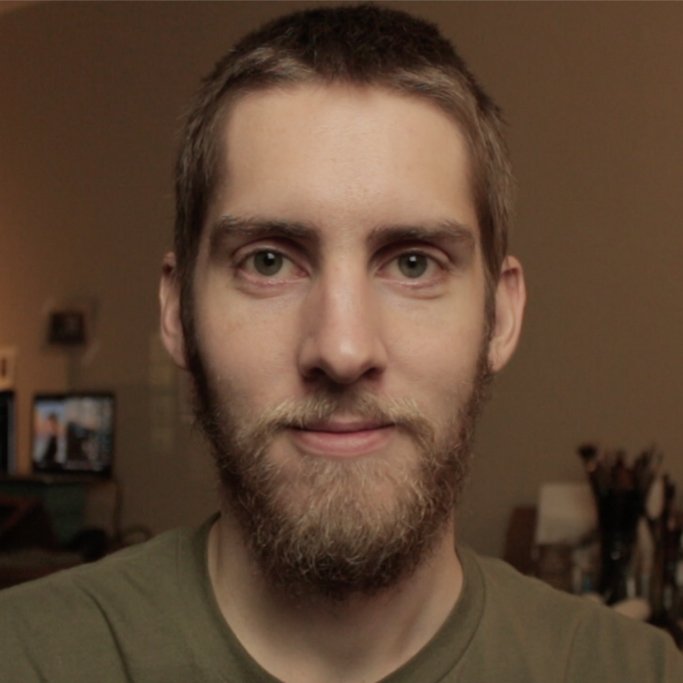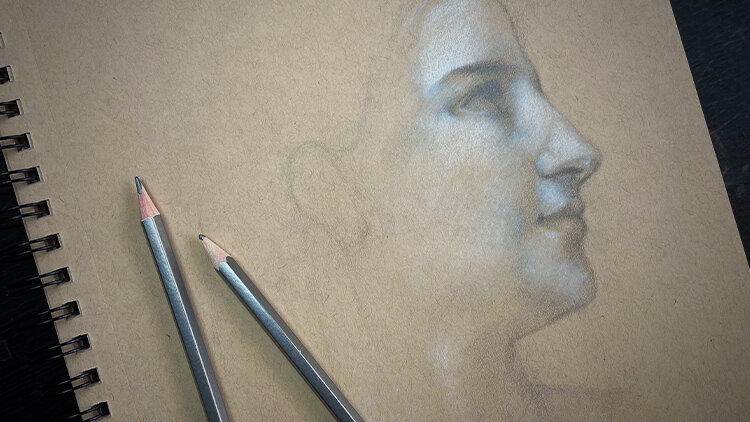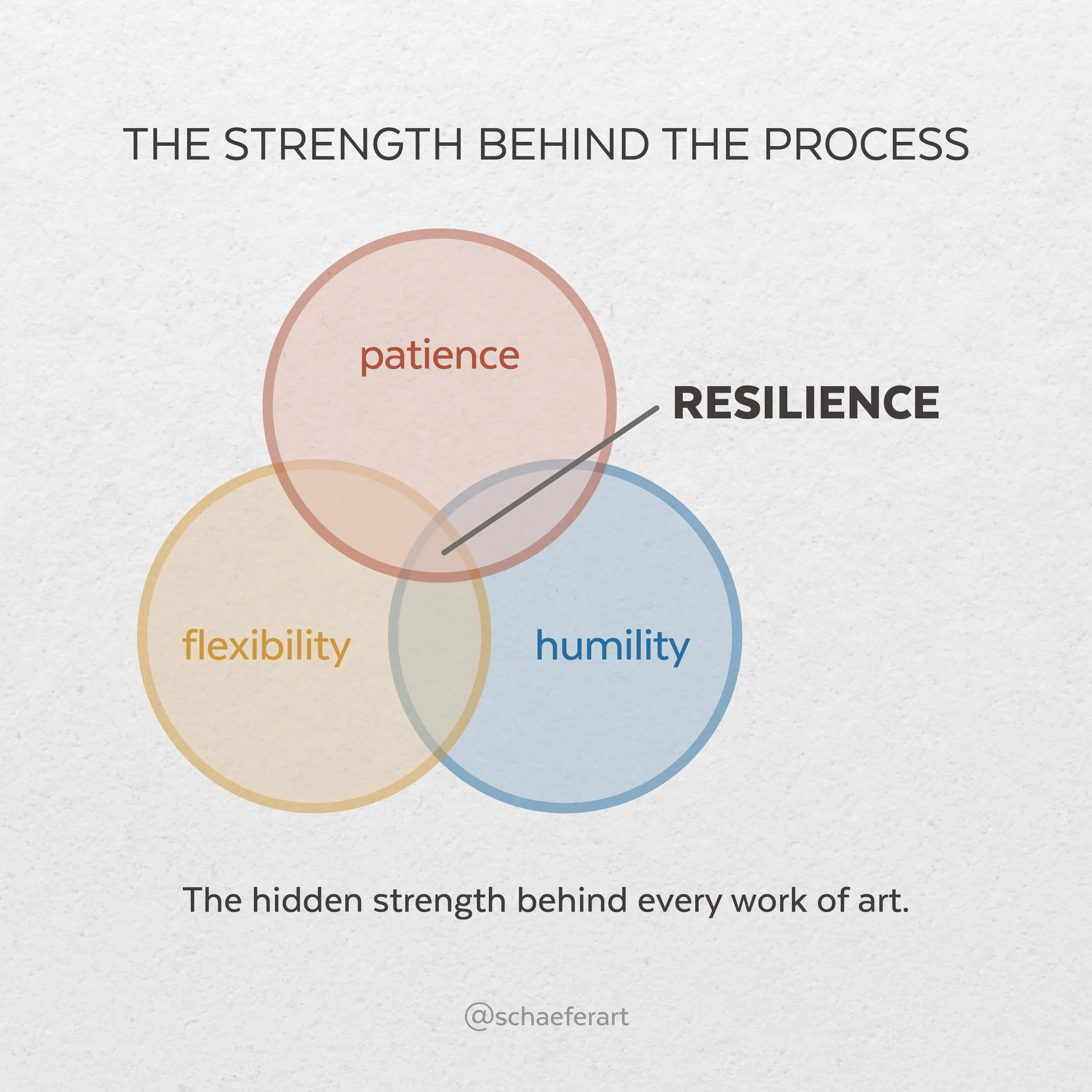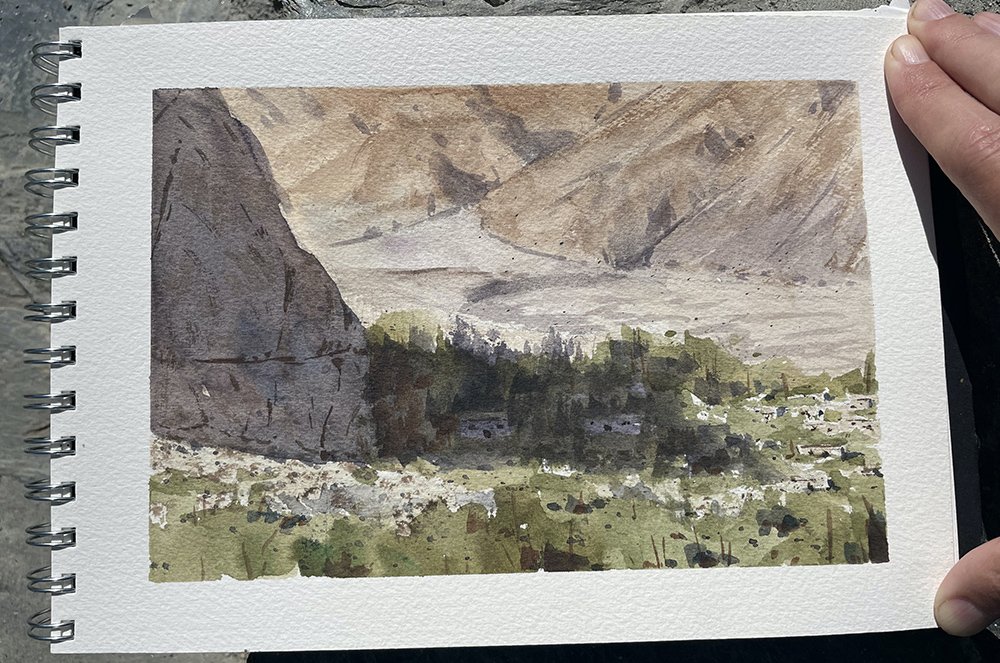Escaping the Grip of Artist’s Block
The above image is a painting by Aldro Hibbard - an artist I recently came across when looking at images of John Carlson's work. I figured I should start off with some kind of inspiring image before jumping right into the topic of discussion. I find Hibbard's work, along with Carlson's, to be quite complex and calculated but at the same time, simple and effective. I've learned a lot by recently studying Carlson's book "Carlson's Guide to Landscape Painting" - which is definitely the best book I own for learning all there is to know about painting landscapes. I will make more posts discussing some of those things later on, but for now let's get into the question concerning artist's block.
"A picture is a work of art, not because it is 'modern,' nor because it is 'ancient,' but because it is a sincere expression of human feeling."
- John F. Carlson
A reader/subscriber recently emailed me an important question that I wanted to share with you. Here's the question:
Hi, I am starting to dip my toes into the world of painting, recently. But i've noticed i keep coming across "artist block" ( if that's. Even a word). How do you perservere through not having any ideas of WHAT to paint?
Good question I must say, for I have experienced this many times before myself, especially when I was growing up - which I talk about here. Firstly, let's define "artist's block" - because I do believe that it can exist. I see it as mostly lack of inspiration, but that may not always be the case. As a child, I think most of my inspiration just came natural as creativity - I didn't have to search for it or look at any other art but maybe I did subconsciously through cartoons and television, etc. It may also manifest itself through doubt [basically fear] - in other words, you may doubt your abilities to create a certain image - so you don't attempt to paint a certain scene or anything at all. For example, I may think that there's no way I can paint or draw portraits, so I won't even waste my time trying to paint one. In reality, it's all just light and shadow. There could be other sources for this artist's block but I will keep it short and now move on to what to do about it when it shows itself.
Things to consider and ask yourself:
What inspires me?
What kind of art do I like?
What would help me improve my work?
Am I afraid of failure, if so - Why?
Personally, I've been somewhat stuck in a rut myself this winter season - between my regular job, stress, and other focuses, I haven't even had the time to pick up a brush and get started. I am now focusing more time now though, on my art and getting inspired again. I've started by doing some simple pencil sketches. Sketches of what, you may ask? Anything, everything - even sketches of other artist's paintings! The reason being to dissect and understand the way light and shadow works across objects and how other artist's use value effectively in their work. Remember that not every piece you create or work on will be a masterpiece - it is these failures and mistakes that we make that help us to create that next masterpiece.
Paint or draw things all around you - whatever is on your coffee table - cups, jars, a lamp, stack of books - draw them from all different angles and in different lights. If you find that boring, go outside on your porch or on a park bench and draw the landscape - trees, sky/clouds, people, pathways, etc. It's all a personal choice and I'm going to guess that you may enjoy one subject more than another, for instance - you probably like paintings of landscapes more than paintings of portraits or vice versa.
Choose a subject you are interested in, otherwise it won't seem fun to paint - it will be uninspired and feel like a chore. If you are unsure of what interests you, then you have some self-exploration to do. Go to Google and search all kinds of subjects, painting styles or painting subjects. Find artists that you enjoy and make a new folder on your computer and save images of their work in it. Make a few folders like this with different artists that inspire you and look at their work from time to time when in need of inspiration. I do this all the time.
After you find some artwork that you enjoy, try to recreate it to understand how they used colors, lights and shadows and composition. The subject of WHAT to create is a personal choice that you must find within yourself. I enjoy landscapes but not every landscape that I paint is spectacular and that's alright. I learn from every painting I create. That's what it's about - growth. Find some inspiration, throw out the fear of failure and simply create.
Basically, here's some things you can try:
Paint on location - even if you don't finish the painting, it's good just to get out and start one.
Paint something completely different than what you would normally do.
Try a different medium. Pencil, pastels, charcoal, list goes on.
Get inspired, whatever that may mean to you - do it!
Copy artist's work that you enjoy - for educational purposes only, of course.
Remove all doubt and fear and just CREATE.

I am an artist, writer, and instructor. As a previous graphic designer for a healthcare management business, I now teach drawing, painting, and discovering your passion with art.
When You’re Ready, Here’s How I Can Help You:

Unlock your artistic potential and learn to draw with confidence using the Intuitive Drawing method. From your first sketch to creating realistic drawings and subjects.













